Bird tables are normally the first choice and are suitable for many species and most foods. A post with a simple tray is perfectly adequate, maybe with a roof but its not essential. The tray needs to have a raised rim around the sides to retain the food and there should be a gap or hole at each corner to allow rainwater to drain away, Make sure you allow room for you to clean away uneaten food and any droppings. You should not be tempted by elaborate designs as these can be difficult to clean.
Nut feeders are made of steel mesh, and are the only safe method of offering nuts to wild birds. The mesh size needs to be large enough to prevent beak damage and small enough to prevent large pieces of nut from being removed – about 6 mm is a good compromise.
http://www.wildbirdseeds.co.uk/lincs/index.php/contact-topmenu-4/10-website/public/30-how-to-feed#sigProId1518d2ad97
DO NOT USE MECH FEEDING BAGS
Peanuts and fat balls are regularly sold in nylon mesh bags. Never put out any food in mesh bags or buy them. These can trap birds feet and even cause broken or torn off feet and legs. Birds with a barbed tongue, eg woodpeckers, can become trapped by their beaks. The waste bags also cause problem on rubbish tips to gulls and other birds.
Seed feeders are tubular transparent containers with holes, through which birds are able to access the seed. These are designed for sunflower seeds and seed mixes labelled feeder seed. They will attract tits, siskins and greenfinches.
Nyjer seed is smaller and needs a special type of seed feeder. They are particularly popular with goldfinches and siskins. Hopper types with trays or flat surfaces are suited to general cereal based mixes, although any seed mix can be used. They will attract a similar range of birds as a bird table. Make sure you select feederd that drain easily and that do not allow the build-up of old food as this build-up is a health risk.
Home-made Feeders
Half coconuts and bells filled with fat, bird cake can be hung from your bird table, or from a tree or even a bracket on a wall. They may attract greenfinches, house sparrows and various tits.
Other ideas for feeding
Many people fill holes and cracks in a post or a log with fatty food, such as suet, this is great for the more agile birds, such as tits, nuthatches, woodpeckers, treecreepers and wrens.
Thrushes and dunnocks prefer thier feed to be placed on the ground and its best to scatter some food on the lawn or use a ground feeding tray or a hopper, but make sure you feed well away from cover so the birds can see any hiding cats. If you feed on the floor its a good idea to change the area you feed every few days, and make sure you never put out more food than is eaten the same day. Leaving food on the ground may attract mice and rats which you may feel are vermin.
You can also feed apples, pears and even bread on the ground but if you do, use different places in the garden every few days. This reduces competition between birds so more birds can feed at any one time. Remember that some birds will fight for food and to keep control of a good feeding spot. If there is snow on the ground, clear small areas before putting down the food.
If you have a garden, plant items with wildlife in mind so they can naturally feed and or take shelter in them.
IMPORTANT
Always have clean water available in your feeding areas
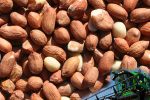
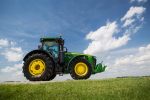
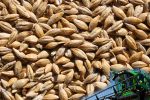
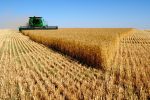
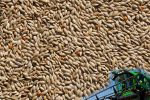
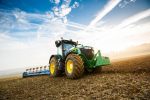
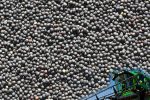
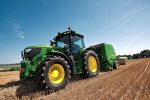

 What you feed is very important, there is a huge range of products you can feed
What you feed is very important, there is a huge range of products you can feed